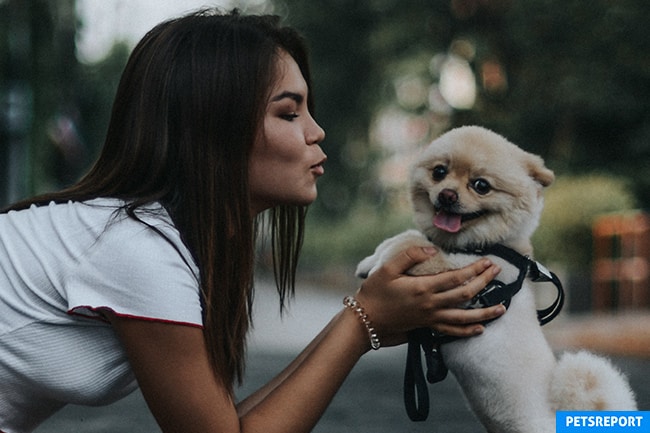Are you thinking about bringing a new set of paws into the house? Care for your new adopted dog requires more than love alone, but opening your heart to a canine in need is an excellent first step. Getting everything you need for life as a rescue dog parent is quick and easy with our dog adoption checklist.
Age of the adopted dog
If you consider taking your new friend home, you will need your house prepared for their arrival. Depending on your new dog’s age, when you provide them a new home, there are different preparations to make.
Adopting a puppy
Create a safe area for your puppy to roam in, and don’t let it unsupervised. Irith Bloom, a faculty member at Victoria Stilwell Academy in Atlanta and owner of The Sophisticated Dog in Los Angeles, explained that dogs need the same training no matter how old they are. “Start them in a small area that’s carefully controlled,” she recommends. Pet owners can use several barriers to create that area, including pet doors, exercise crates, kennels, or other obstacles. You can also use exercise pens to place an item their pup cannot get at, such as the couch inside of one.
Adopting an adult dog
A rescue dog’s stress level can escalate when trying to move from one home to another. Bloom says that since the dog was accustomed to an unpleasant living situation, it may not behave well in a new environment. Relocation may take some time to adjust, but the dog will eventually get used to a new environment. Since you never know how the dog will react to changes, she recommends caring for them as if they were puppies.
Adopting a senior dog
Bloom says you may need to cover the hardwood floors or tiles in your home with something that allows your pet to fall more comfortably. As the dogs age, their muscle mass will diminish, and their balance and control may decrease a little as well. Therefore, it is recommended to install runners or mats on a tile or hardwood floor.
Dog adoption checklist for all dogs
1. Dog food
Begin by feeding your new dog the same food it was eating before it came to your home, so that tummy upsets do not occur. Your vet’s advice will be essential to transition your dog to different food, according to what they recommend and what your dog prefers.
2. Food and water bowls
Find a good bowl that keeps your dog’s food and water handy. Thanks to the variety of dog bowls available, you may even find one that fits perfectly into your interior design.
3. Collar
Dog collars are the most important equipment for dogs. Their collars are for their safety and security since they display an ID tag with the dog’s name and other contact information provided by the owner. In addition, it will hold any health tags that the city or county requires. And it may be a fashion statement—if such an expression is important to your dog.

4. Leash
Getting a proper leash is crucial. For starters, invest in a 6-foot leash. It will serve as a safety measure while you learn how they handle your dog outdoors.
5. Poop bags
Alwasy keep enough poop bags handy to pick up after your dog. It is not just a courtesy but dog poop left on the ground can become a public health hazard.
6. Dog treats
Dog love treats! Giving them to your dog is a great way to show your love. And more so a great way to reward your dog for good behavior or training successes.
7. Dog bed
Help your dog feel homely by providing a cozy place to sleep. They will love and cherrish a little place they can call their own.
8. Toys
Playtime is essential for all dogs for their mental and physical development. And whether by playing, chewing, or snuggling, toys do relieve boredom.
9. Nail Trimmers
While trimming nails isn’t in the top favorite activities for dogs, it’s important to get comfortable nail clippers. Find a pair of clippers that are easy to handle and learn how to keep your dog’s nails short and safe.
Consider all aspects before adopting
When considering whether to get a new dog for your household, first make sure that a new dog is good for you and your home. If you already own a pet, a new dog can be an excellent companion to the existing pet, though it is impossible to say beforehand. Separation-anxious dogs often persist in distress even if they share a house with other dogs. If the other dogs are incompatible, the new dog will introduce new problems. Therefore, if you decide you do want to bring a new dog into your pet family, it is essential to introduce them with patience and minimal stress.

